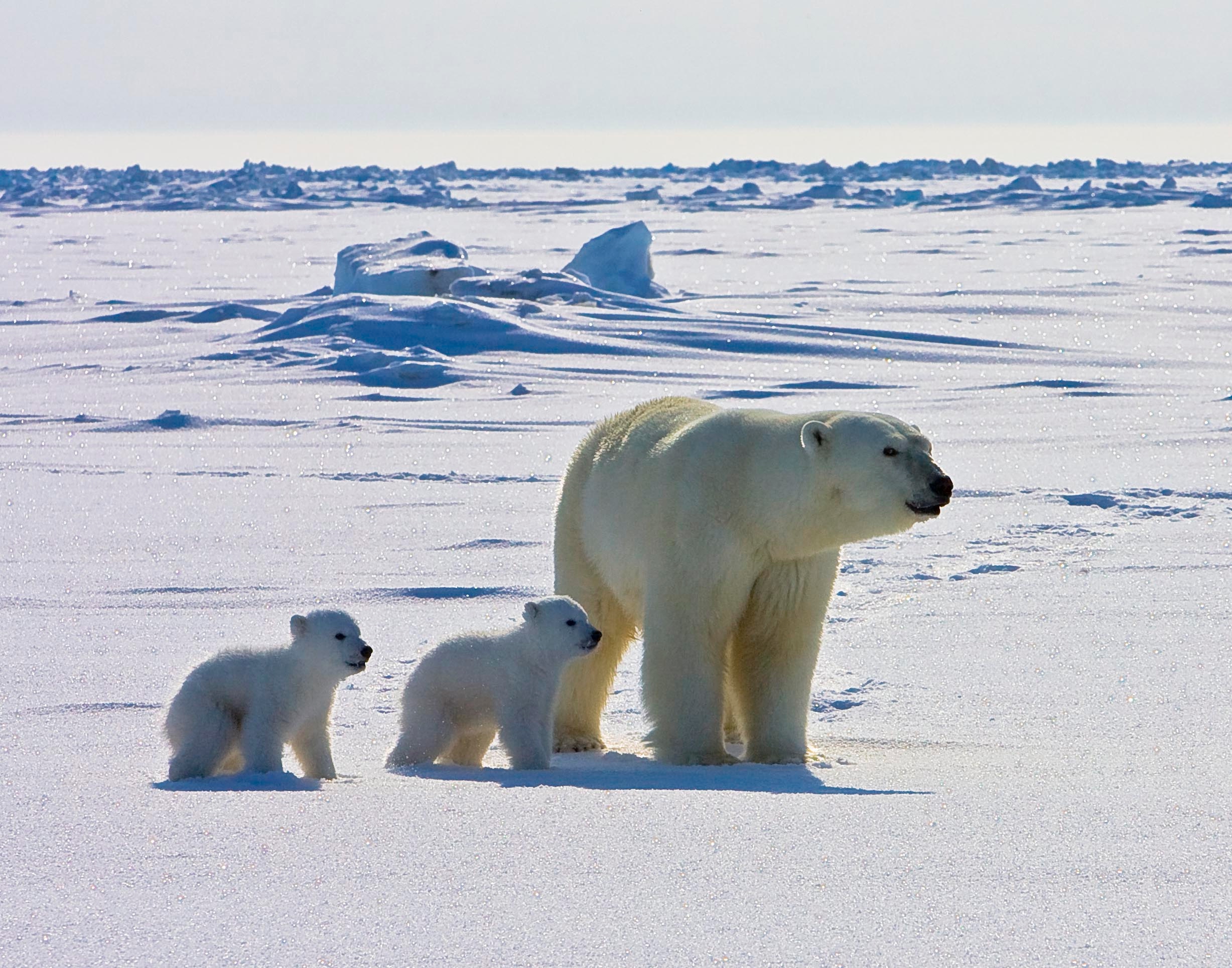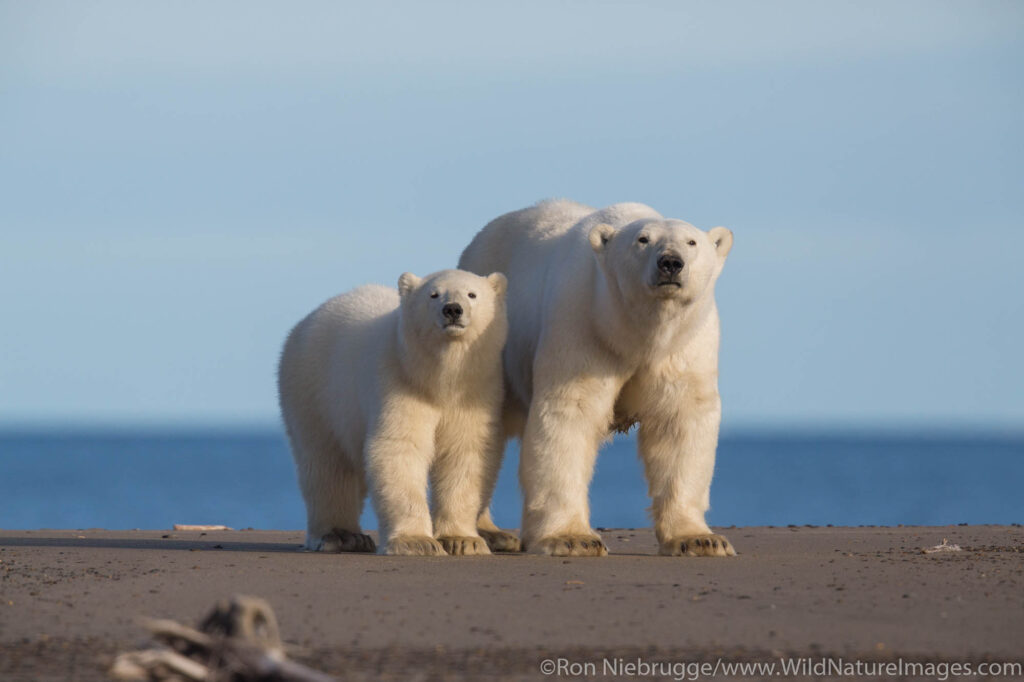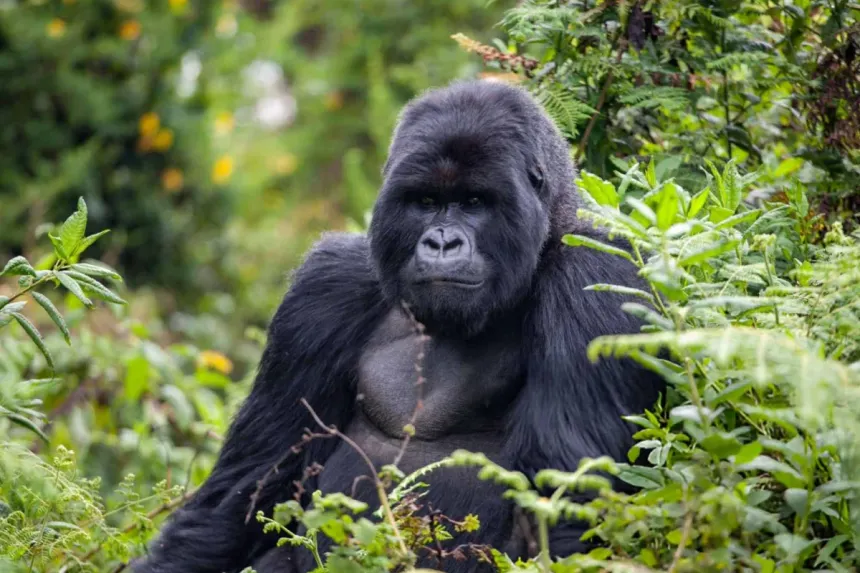Polar Bear Life Cycle

Polar Bear Life Cycle
The polar bear (Ursus maritimus) is the largest carnivorous land mammal and a powerful symbol of the Arctic wilderness. Known for its thick white coat, excellent swimming skills, and solitary lifestyle, the polar bear has a unique life cycle adapted to some of the harshest environments on Earth.
🧬 Life Cycle of a Polar Bear
1. Birth (Cubs)
- Time: Usually born between November and January
- Place: Inside snow dens dug by the mother on land or ice
- Litter Size: Typically 1 to 2 cubs, occasionally 3
- Weight at Birth: Around 1 pound (0.5 kg) – blind, toothless, and completely dependent on the mother
- Cubs nurse for several months inside the den, feeding on high-fat milk.
2. Emergence from Den
- Time: Around March or April
- Cubs emerge from the den, and the mother leads them to sea ice to begin hunting.
- Cubs begin eating solid food (mainly seal meat) while still nursing.
3. Juvenile Stage
- Cubs stay with their mother for about 2 to 2.5 years, learning how to hunt, swim, and survive in the Arctic.
- During this time, the mother doesn’t usually breed again.
4. Independence
- Around age 2 to 3, cubs become independent and begin their solitary life.
- Juvenile bears have high mortality rates due to inexperience and competition.
5. Adulthood
- Polar bears reach sexual maturity at about:
- Females: 4 to 5 years old
- Males: 6 to 10 years old
- Females: 4 to 5 years old
- Mating season is from April to June.
- Males compete for access to females during this time.
6. Lifespan
- In the wild: Around 15–25 years, though many don’t survive beyond 18.
In captivity: Can live over 30 years.




